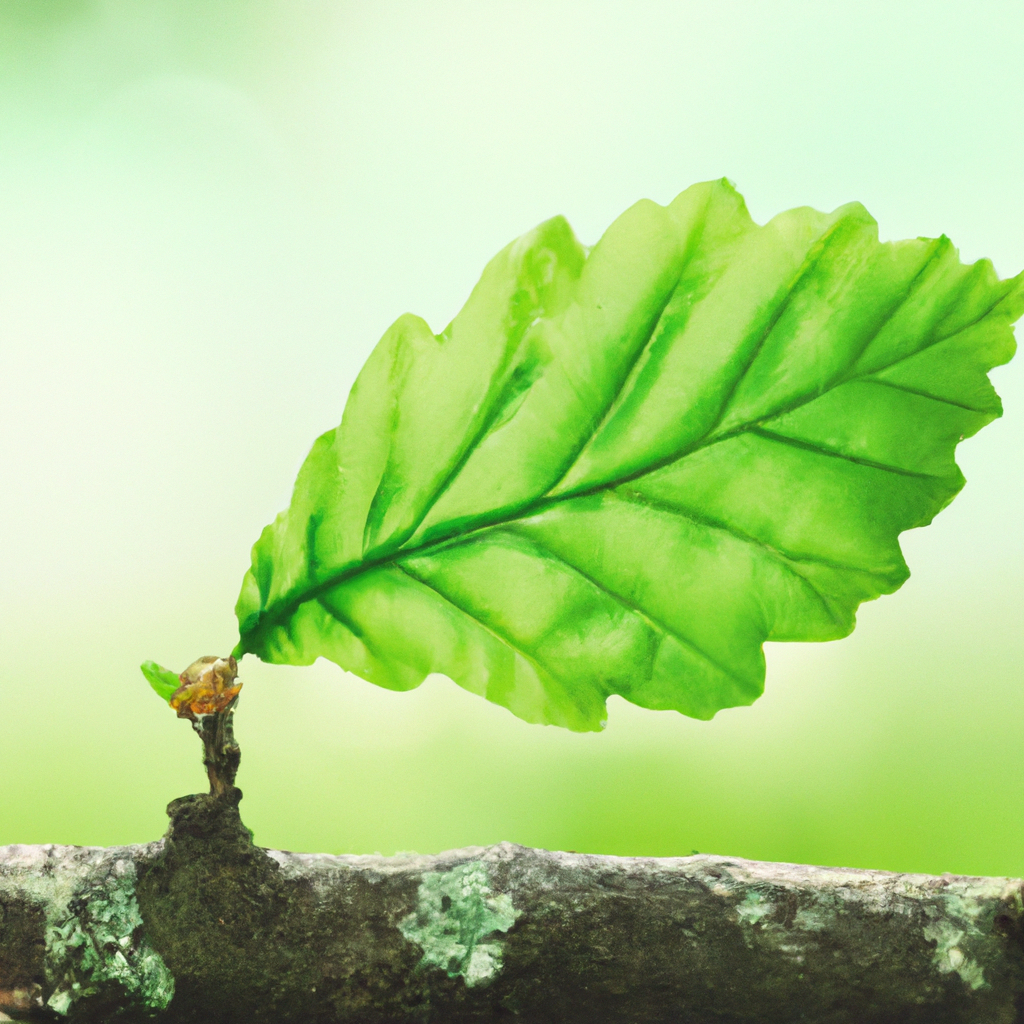Photosynthesis is a process that occurs in plants, algae, and some bacteria. It is the process by which these organisms convert light energy into chemical energy, which is then stored in the form of organic compounds such as glucose. This process is critical to life on Earth, as it is the primary means by which carbon dioxide in the atmosphere is converted into oxygen.
Photosynthesis occurs in two stages: the light-dependent reactions and the light-independent reactions. In the light-dependent reactions, light energy is converted into chemical energy in the form of ATP and NADPH. In the light-independent reactions, this energy is used to synthesize organic compounds from carbon dioxide.
Chlorophyll is the pigment that is responsible for capturing light energy in photosynthesis. Plants and algae contain chlorophyll in their chloroplasts, while bacteria contain it in their cell membranes. Chlorophyll absorbs light in the red and blue regions of the electromagnetic spectrum, but reflects green light, which is why plants appear green.
Light energy is absorbed by chlorophyll and other pigments in the thylakoid membranes of the chloroplasts. This energy is used to split water molecules into oxygen and hydrogen ions. The oxygen is released as a waste product, while the hydrogen ions are used to produce ATP and NADPH.
In the light-independent reactions, carbon dioxide is fixed into organic compounds through a process called the Calvin cycle. This cycle takes place in the stroma of the chloroplasts. The carbon dioxide is combined with a five-carbon sugar called ribulose bisphosphate (RuBP) to form a six-carbon compound that is then broken down into two three-carbon compounds called 3-phosphoglycerate (PGA). These compounds are then converted into glyceraldehyde 3-phosphate (G3P), which can be used to synthesize glucose and other organic compounds.
Overall, the equation for photosynthesis can be written as:
6CO2 + 6H2O + light energy → C6H12O6 + 6O2
This equation shows that carbon dioxide and water are converted into glucose and oxygen through the process of photosynthesis.
To summarize, photosynthesis is the process by which plants, algae, and some bacteria convert light energy into chemical energy. Chlorophyll is the pigment that captures light energy, and this energy is used to split water molecules and produce ATP and NADPH in the light-dependent reactions. In the light-independent reactions, carbon dioxide is fixed into organic compounds through the Calvin cycle. The end result of photosynthesis is the production of glucose and oxygen, which are critical to life on Earth.







